Features of the Renaissance style in the interior
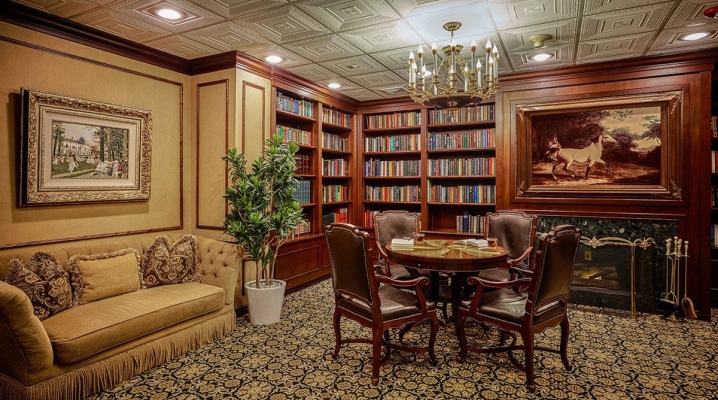
The Renaissance, or Renaissance, dates back to the 14th century. The era is conventionally divided into three stages: the Early Renaissance period, the High Renaissance, and the Late Renaissance. The Renaissance is considered one of the most significant periods in the history of the development of European culture.
What it is?
Renaissance style - this is the revival of culture, the replacement of gloomy medieval interiors with light, welcoming and solemn buildings with a demonstration of luxury and the possibility of improving culture and architecture. History has preserved many descriptions of the architectural and pictorial principles of the Renaissance.
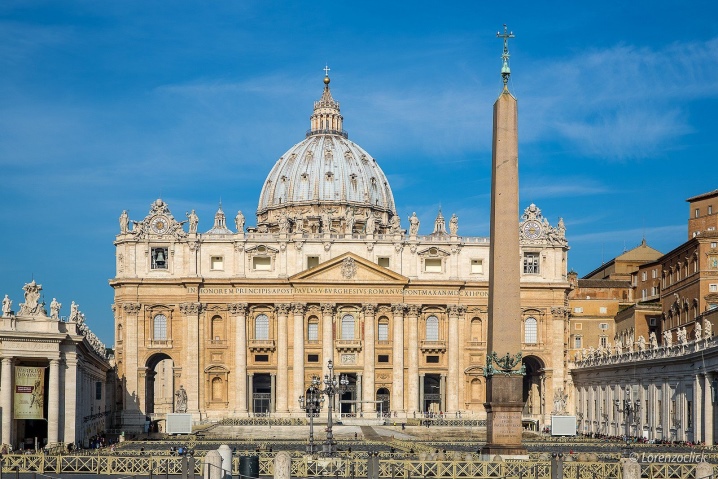
In the 19th century, a new form of historicism appeared, using the architecture of the Renaissance and called "neo-Renaissance". Characteristic features of the neo-Renaissance: strict symmetry and rational distribution of facade elements, rectangular architecture of mansions with the use of courtyards and a large number of rustications and pilasters.


Today, a new movement has emerged known as the modern Renaissance.
This is a tribute to the painting of a bygone era and its famous masters. - portraits of celebrities and ordinary people in costumes of the Middle Ages, captured moments captured by the camera lens and completely coincides with the motives of the paintings of the Renaissance.



Style characteristic:
- solemnity, monumentality and expressiveness of the interior, strict geometry of design - circles, squares, rhombuses;
- natural colors close to natural, dominant white;
- the use of natural textiles in upholstery, draperies;
- a large number of lambrequins, appliques, curtains on smooth fabrics with skillful embroidery;
- artistic portraits, careful drawing of details;
- antique sculptures and complicated ornamental decorative fragments - bunches of grapes, wreaths in the ancient Roman style, many cupids, garlands, arabesques;
- Venetian glass, artistic ceramics and porcelain with Renaissance decorations;
- the obligatory presence of a central object around which the entire composition is grouped;
- furniture of strict and clear geometric shapes, decorative elements decorated with gilding, corresponding to the style of the Renaissance;
- large semicircular windows, high and spacious doorways, dividing space horizontally, ribbed domed ceilings - a lot of air and space.
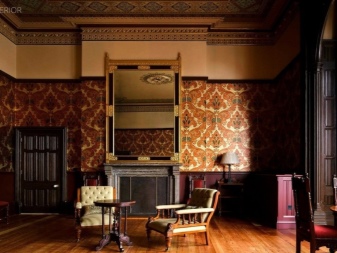
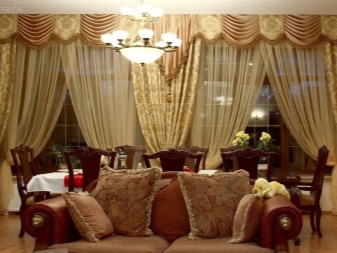

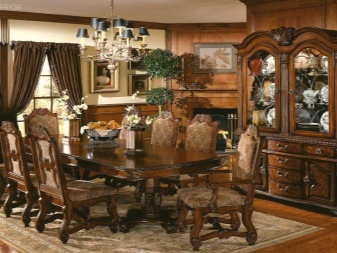
History of origin
Born after the end of the plague, which claimed millions of lives at the beginning of the XIV century, Early Renaissance reflected in architecture - austere and gloomy fortresses, the purpose of which was to protect and protect lands and people, were replaced by light palace buildings, friendly and elegant. After the death of millions of people, the world, recovering from the great tragedy and looking around, realized how much the opportunities for a comfortable existence had increased, because the lands, natural resources, jewelry, water and food reserves remained untouched.
The population now has the opportunity to improve their lives, build a house that is not only reliable, but also beautiful. Later, the Renaissance gained recognition in many countries around the world. The principles of symmetry, harmonious proportionality appeared in architecture. The buildings were decorated with tall, slender columns and arches.
The Italian Renaissance style, its architecture began to adapt to the local religion, traditions and customs.
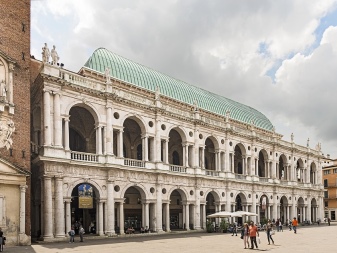
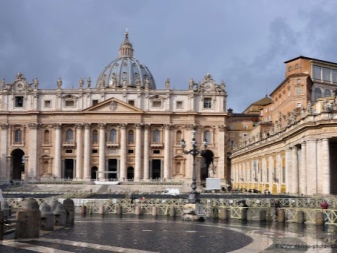
Guided by the style of the Renaissance, many buildings, residential and administrative, were built, painting and sculpture received a new direction. The famous names of Michelangelo, Botticelli, Raphael, Bernini, Leonardo da Vinci have been known since the Renaissance.
The design, characteristic of the Late Renaissance, was distinguished by a great penchant for antiquity, whimsical outlines, numerous ornamental details, bas-reliefs, and many decorated columns. It was the penchant for pretentiousness and excessive decorative ornaments that gave rise to the Baroque and Rococo styles.
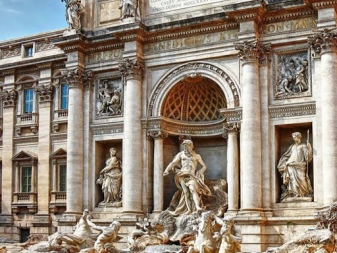
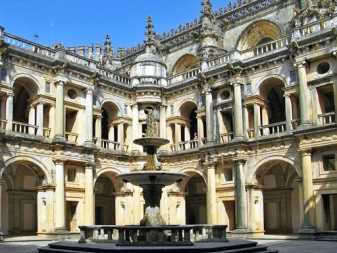
Facade Renaissance - this is splendor and solemnity, many plaster bas-reliefs, rows of columns decorated with fancy pilasters. Mansions filled with decorative stucco, sculptures, figurines, busts of the powerful of this time, paintings by famous artists.
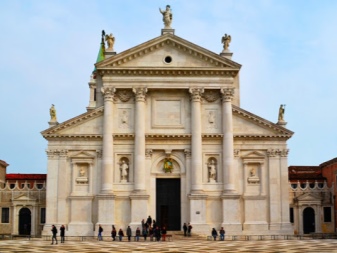
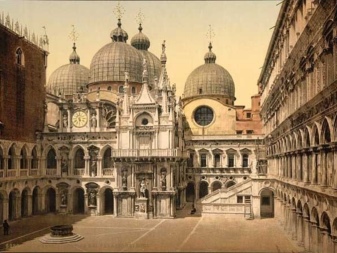
Design features
Renaissance Are large rooms with high ceilings, one or more levels. The interior requires the presence of columns, arches, huge four-poster beds, stately fireplaces, large walls for the possibility of applying frescoes or placing paintings, tapestries with panoramic images. To be able to implement grandiose plans, preliminary renovation of an apartment or a mansion will be required.
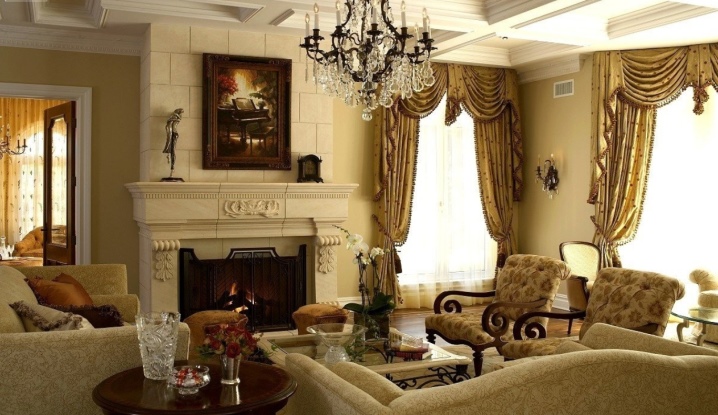
Paul
Perfect match for the chosen spirit of the times - This is a facing of the floor and fireplace with natural marble, but other options are also allowed - for example, the use of porcelain stoneware, ceramic tiles. In addition to stone, solid wood planks of valuable species are used as flooring. A patterned ornament in the center is considered mandatory.
Parquet is allowed, but this is rather an exception to the rule. Oriental carpets, matching colors, will perfectly fit into the interior... Thick fluffy rugs can be used, but carpets are preferred.
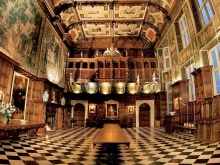
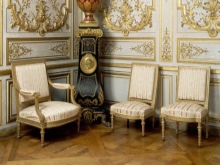
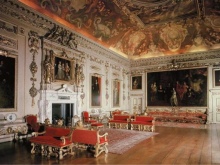
Sten
For wall decoration use mainly light colors - cream, peach, beige, light green and so on. Sandstone and natural stone are used as cladding. The ideal option is to add frescoes to the wall with reproductions of famous masters of painting of those times..
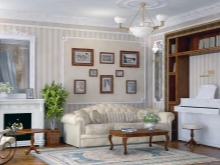
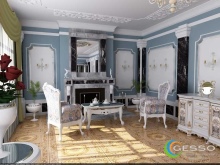
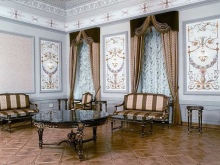
Natural frescoes can replace expensive wallpaper made in this form.
In addition, the walls are decorated with embossed leather, velvet, brocade, valuable light and dark wood... It is considered obligatory to have niches decorated with painting, stucco molding, for placing small figurines.
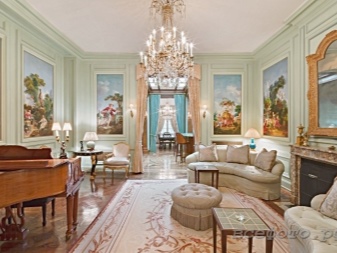
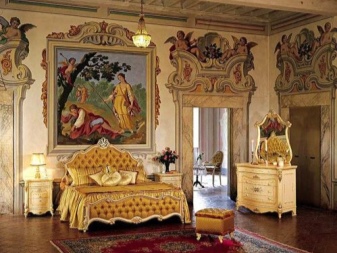
Ceiling
The style is characterized by domed vaulted or tiered ceilings... This type goes well with painting, stucco, small fragments of frescoes, geometric or garland-shaped ornaments are possible. The ceilings can be wooden, but always varnished.
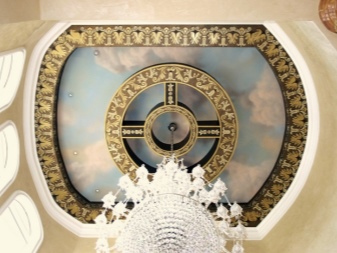
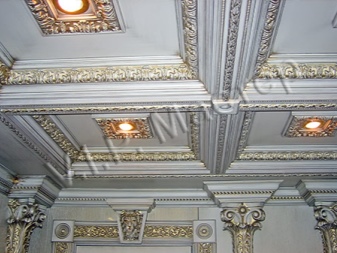
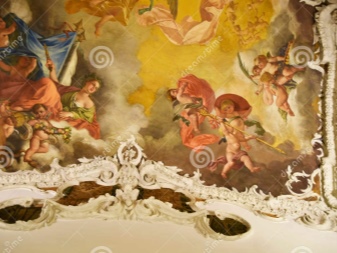
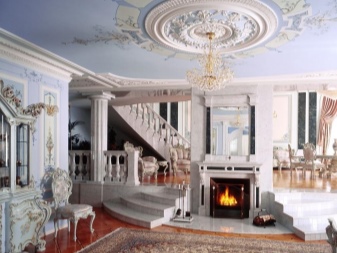
Selection of furniture
Furniture is chosen preferably dark wood, with strict observance of symmetry. The embossed decorative pattern with gilding is a sign of the Renaissance.
- At the height of fashion is chest-cassone, its functional qualities receded into the background, now it is more of a decorative piece of furniture, but in the time of Louis XIV, such chests were used as full-fledged wardrobes. At that time it was a work of art - skillful carving, precious painting.
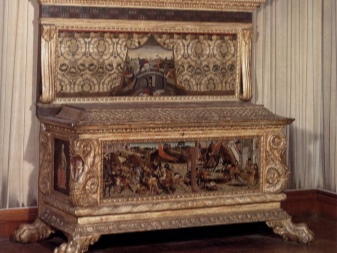
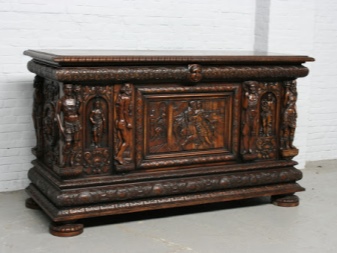
- Canteen uses massive dining tables, necessarily large, around which the chairs are grouped. The highlight of the interior will be chairs Strozzi, high back and three legsif it becomes possible to purchase them. The tabletops are made of polished wood or marble, the geometric legs are replaced with stylized griffins.
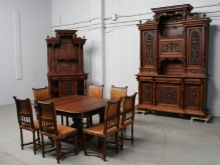

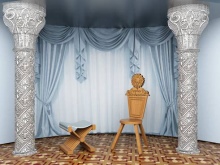
- In the living room are required sofas, couches, armchairsfor the upholstery of which natural fabrics are used, such as satin, brocade, velvet, it is possible to use natural leather.

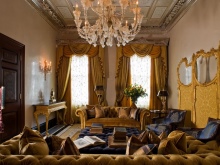
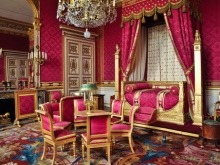
- Buffets, desks, bureaus, secretaries, desks, chairs by Girolamo Savonarola are made with decorative finishes. And of course, gilding is required, embossed patterned carving in the antique spirit.

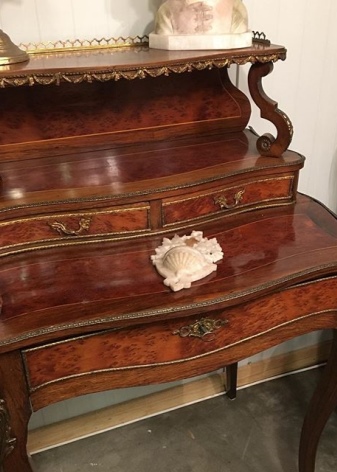
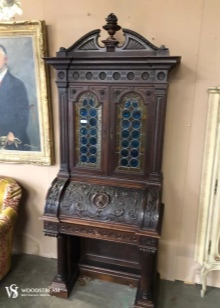


- Beds are usually stately king-size structures... They are characterized by the use of massive headboards, canopies.

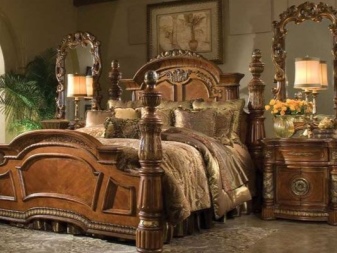
- In a small apartment it is impossible to arrange Renaissance hallway... There simply will not be enough space, since the law of luxury and large spaces has not been canceled by anyone. This option is more suitable for large mansions.
In the design of the hallway, the same principles apply as for all other rooms.
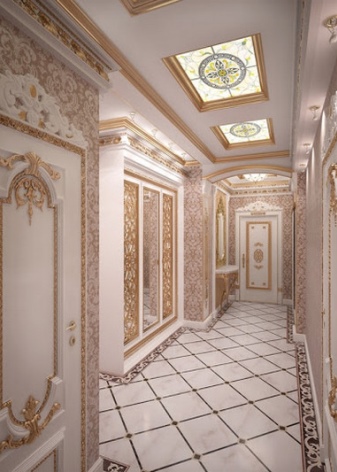

Decor elements
Decorative finishing brings solemnity and luxury to the atmosphere of the decoration; without it, it is impossible to recreate the notes of the era. It is important to choose the details of one style correctly - mixing in the Renaissance is not welcome. As mentioned above, harmony is one of the fundamental principles of the Renaissance.
- Copies of paintings by contemporaries of the Renaissance in massive, carved, gilded wooden frames decorate the walls. Style assumes symmetrical use tall columns with pilasters and scallops.
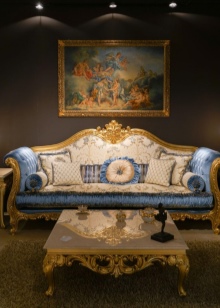
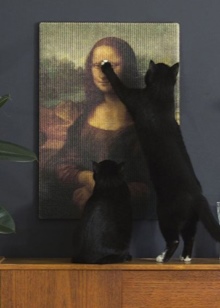

- In niches decorated with frescoes, they look great antique statues, Venetian glassware, bronze figurines, majolica, medallions and heraldic signs.
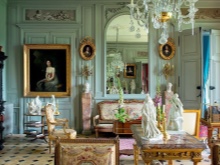
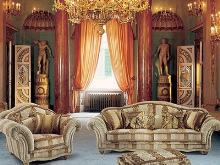
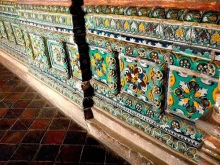
- Large windows draped with curtains during the day they serve for natural light. For curtains, they choose a shiny fabric, decorating it with fringe, cords with fluffy tassels, embroidery, and an abundance of draperies.
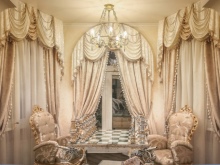
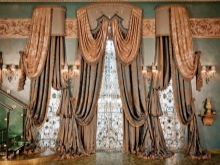
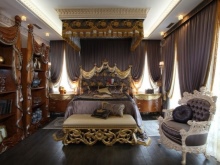
- In the evening, the light source in the room is crystal and wrought iron chandeliers. Additional lighting will be stylized lamps, lamps, candelabra.
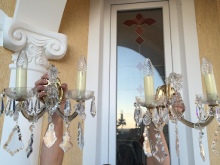
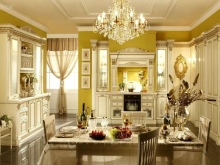

- Frescoes on walls, ceilings, niches - an indispensable attribute of style, like gilded bas-reliefs, ceramic and porcelain vases covered with paintings corresponding to the chosen era, grotesques and lion heads.
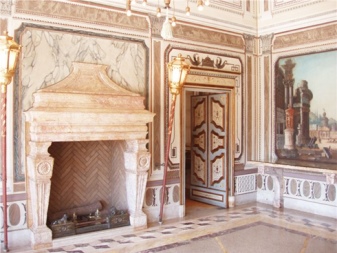
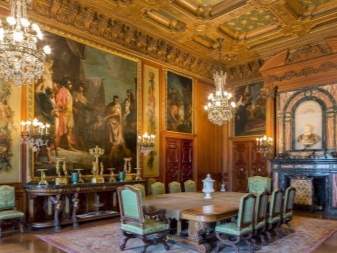
- Bronze bathroom taps, marble sinks, artificial stone bathtubs - all these are items of luxurious interior.

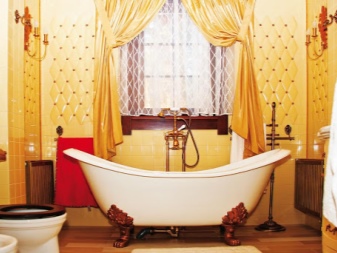
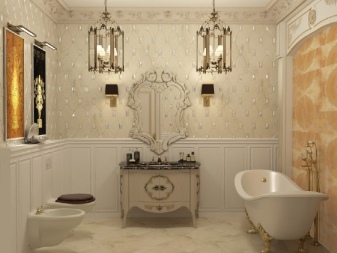

- For decoration, a color scheme is used in rich colors: purples, reds, olive, greens, browns, and calmer, gray-blue and beige tones are also allowed.
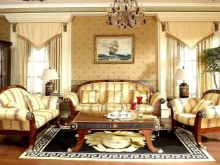
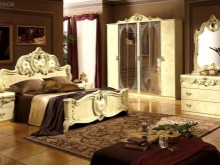

A distinctive feature of the Renaissance style Is wealth and refined luxury. The interiors are so individual and unique, steeped in the mysterious aroma of ancient Italy, that it is difficult to resist and it is impossible not to fall in love with them.
Do not forget that any detail, even the smallest, must correspond to the chosen style and time. Impeccable taste and strict adherence to style rules are important in home decoration.
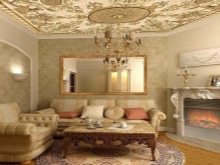
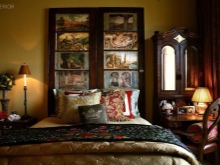
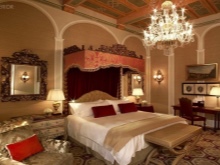
Examples in the interior
Kitchen, decorated in light, almost white colors, decorated with gilded trim, decorative elements. The central part is a massive pedestal table and a multi-arm chandelier with crystal trimmings.
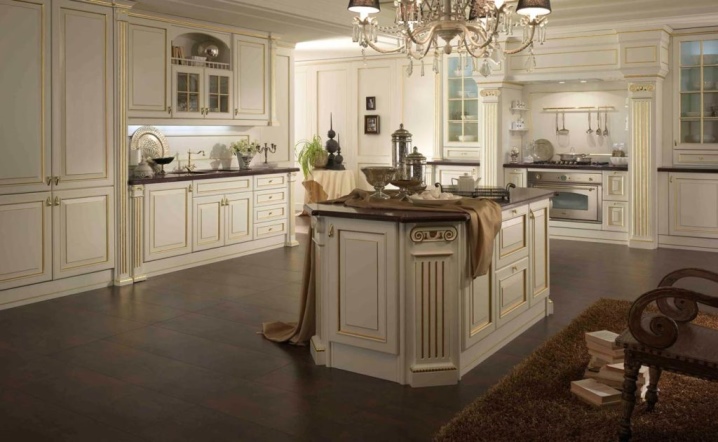
Exquisite bedroomwhere browns and purples predominate. White furniture looks perfect against a dark background. The accent on the polished wood floor is the carpet.
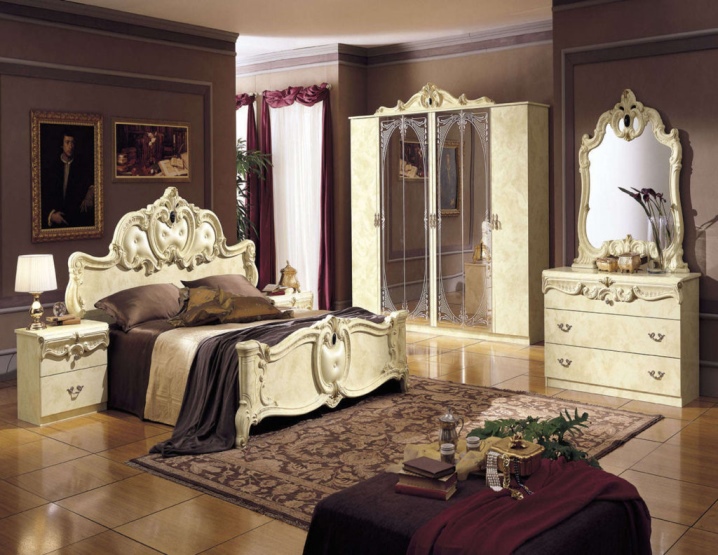
Central accent dining room - a large dining table surrounded by chairs in the same style. Sheer tulle and glittery curtains adorned with lambrequins and tassel braid cover large windows.
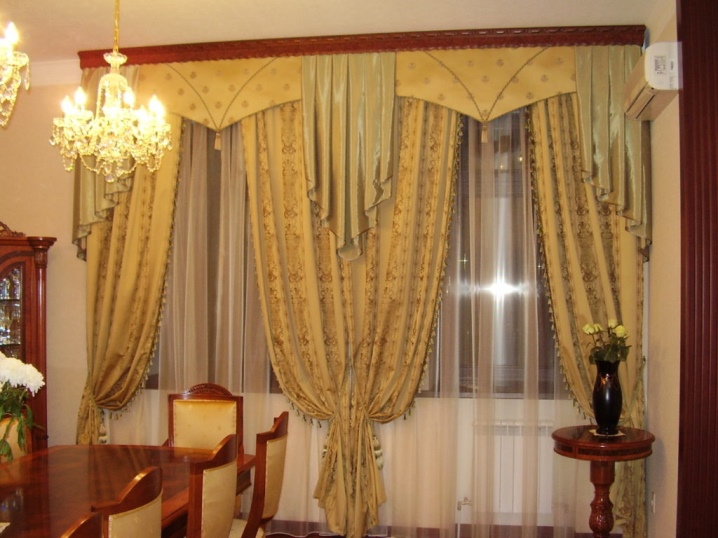
Luxurious living room, combined with the dining room. Light tones from beige to pastel-cream prevail. The walls are adorned with elaborate painting and frescoes.
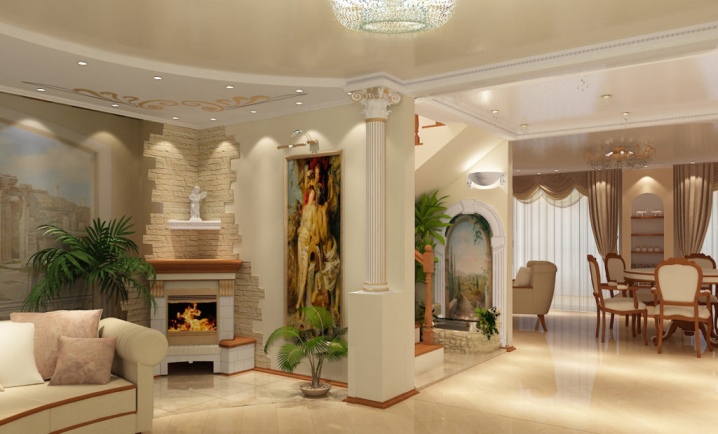
See the video about the Renaissance style in the interior.













The comment was sent successfully.